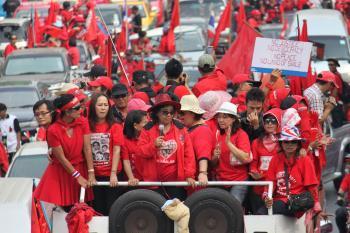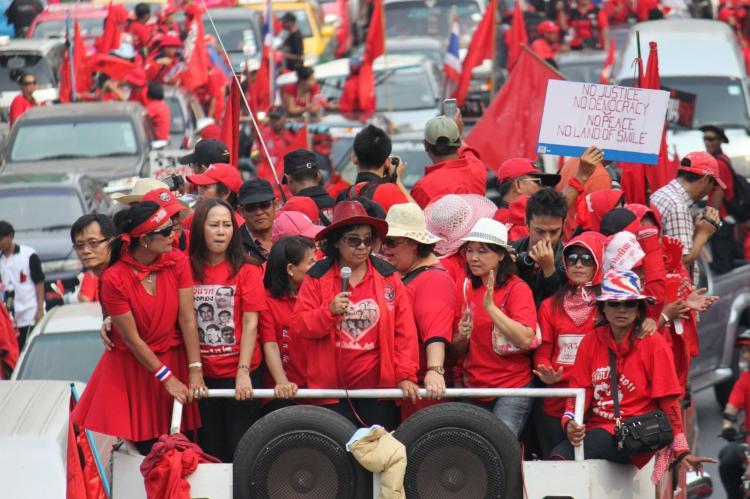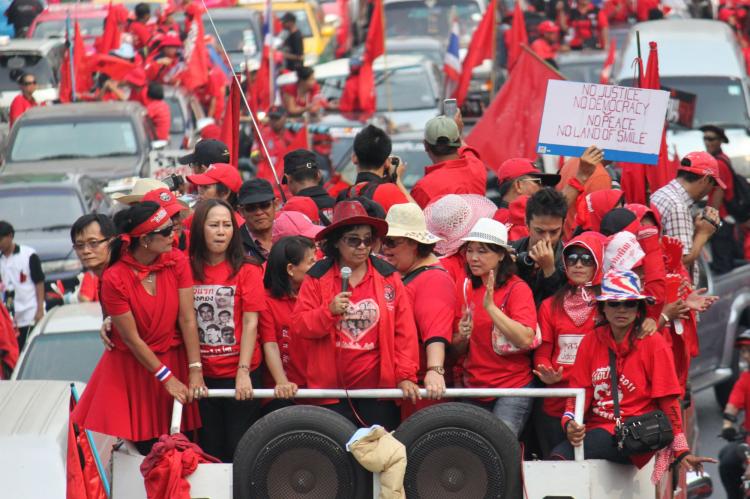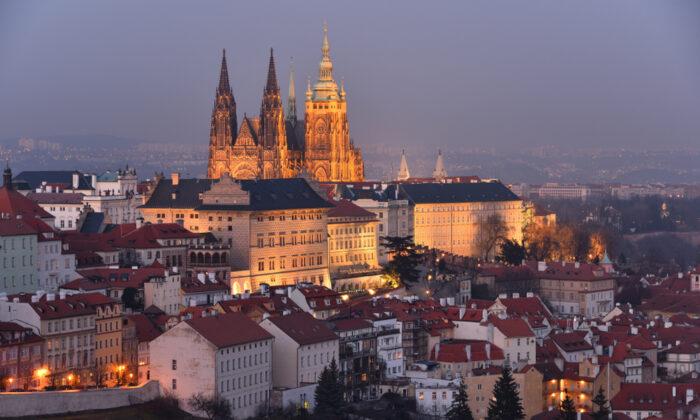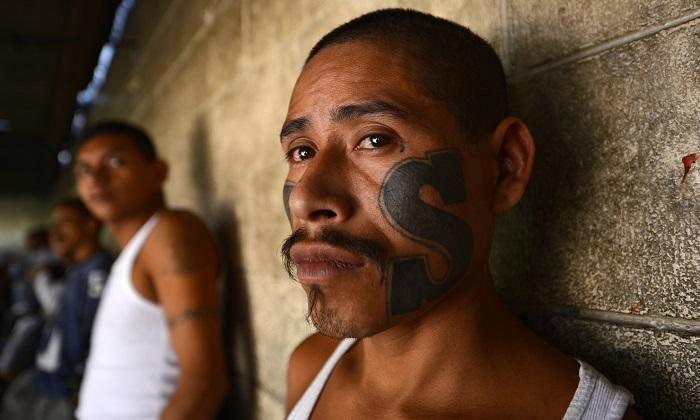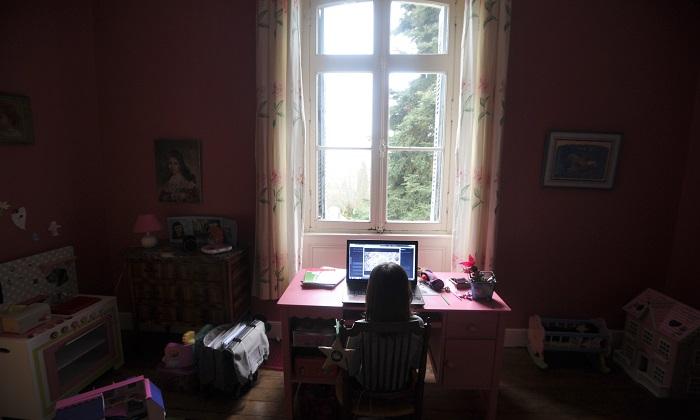[etssp 206]BANGKOK—Less than a year after the street violence that left 92 people dead in Bangkok, large-scale protests by opposing political groups—the anti-government red shirts and the pro-establishment yellow shirts—are again becoming a customary occurrence in the Thai capital.
The red shirts, also known as the United Front for Democracy Against Dictatorship (UDD), on Sunday held their second mass anti-government protest for the month and again called upon the government to free their leaders who have been detained since last May.
The red shirts have declared they’ll be holding large protests twice a month and that they’ll gather at the ritzy shopping area around Ratchaprasong intersection, which they occupied last April-May in their failed bid to force Thai Prime Minister Abhisit Vejjajiva to call an early election.
Earlier in the month the local businesses objected to the return of the protests, which they said cost them over $362 million in lost revenue during the red shirt occupation last year. Many of the buildings in the area are still damaged by hard-line red shirts tat went on an arson spree after the Thai army stormed their sprawling fortified camp.
Ratchaprasong business representatives ended up negotiating with red shirt leaders who agreed to limit their protests at the intersection to two hours. After several speeches by red shirt leaders on Sunday, tens of thousands of red shirts festively made their way on foot or by vehicle to the Democracy Monument, one of the areas where protesters and military clashed on April 10 last year.
One of the country’s English language newspapers, The Nation, reported that a red shirt faction would be rallying again at Democracy Monument on Tuesday, the same day that an anti-Cambodia rally is being held less than a mile away at Makkhawan Bridge, near Government House, by the yellow shirted supporters of the People’s Alliance for Democracy (PAD).
The typically urban and middle-class yellow shirts vehemently oppose Thaksin, who has been branded a “terrorist” by the current Thai government. Thaksin and his allies are considered the patrons of the red shirts who are largely rural poor from the north and northeast of the country.
In recent weeks, local media have been focusing on the fate of a handful of members from a yellow shirt splinter group—calling itself the Thai Patriots Network—who were arrested by Cambodia for trespassing in late December. This group has now established a protracted rally site outside Government House in Bangkok where they are protesting the government’s handling of Thai-Cambodia border territory issues.
